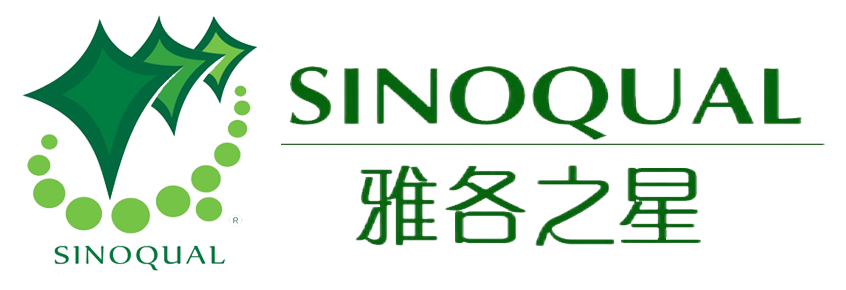The global beauty industry is undergoing a transformation as consumers increasingly demand products that demonstrate transparency, ethical sourcing, and ingredient purity...
Passover Seder Basics (Part 1)
2025-05-15
Passover is one of the three major Jewish holidays, and there are strict requirements for kosher certification of food. The seder is part of the Passover celebration held at home. It is always held on the first night of Passover, though some families also hold it on the second night. Both nights conclude with a seder dinner. Participants use the written Haggadah to guide the process. "Hagaddah," meaning "telling" in Hebrew, contains instructions for the seder, a blessing, and the Passover story.
The Hebrew word "seder" literally means "order." This ritual has 15 steps, all centered around the Passover meal. Food is a key symbolic element of Passover. If you'd like to learn more about the symbolism of kosher food during the seder, you might enjoy this article.
The following is a brief description of the fifteen parts1. Kadesh - During this portion of the Seder, each participant's cup is filled with wine or grape juice and drunk from after the Kiddush blessing (holiday and Shabbat eve blessing) is recited.
2. Urchatz (washing hands) - Water is poured on the hands to symbolize ritual cleansing.
3. Karpas (green vegetables) - lettuce, cucumber, radish, or parsley soaked in salt water. It is sometimes said that the salt water represents the tears shed by the Israelites' ancestors during their time in slavery.
4. Yachatz (Sharing the Unleavened Bread) - At the seder table, there are always three unleavened bread loaves on a plate. The seder leader is responsible for breaking one loaf of unleavened bread in half. The smaller half is placed back on the plate between the other two unleavened bread loaves. The larger half becomes the "afikomen" and is hidden away for the children to find later.
5. Maggid (Telling the Passover Story) - The Passover Seder retells the story of the Exodus from Egypt. The youngest person at the table (usually a child) begins by asking four questions, each centered around the question, "Why is this night different from other nights?" Participants take turns reading from the Haggadah in response to these questions. This allows for self-reflection and discussion. At the end of this part of the seder, a second cup of wine is poured. The Ten Plagues of Egypt are read aloud, and the symbolism of the seder plate is discussed. Then, the wine can be drunk!
6. Rachtzah: Participants wash their hands again and say the appropriate blessing. After saying the blessing, do not speak until the blessing of the matzah.
